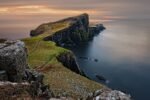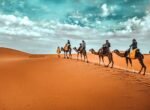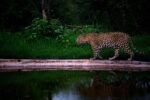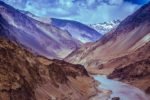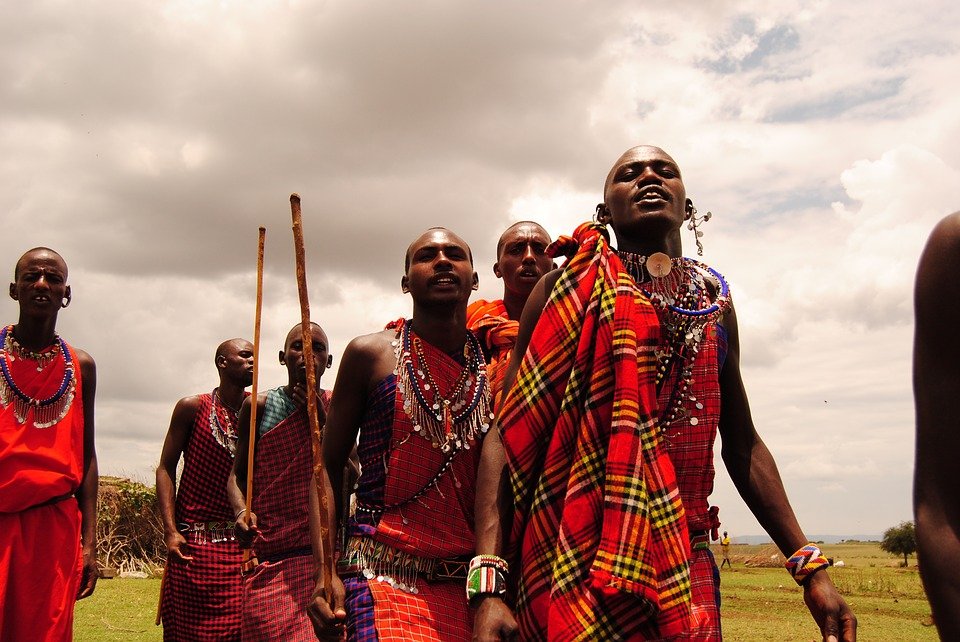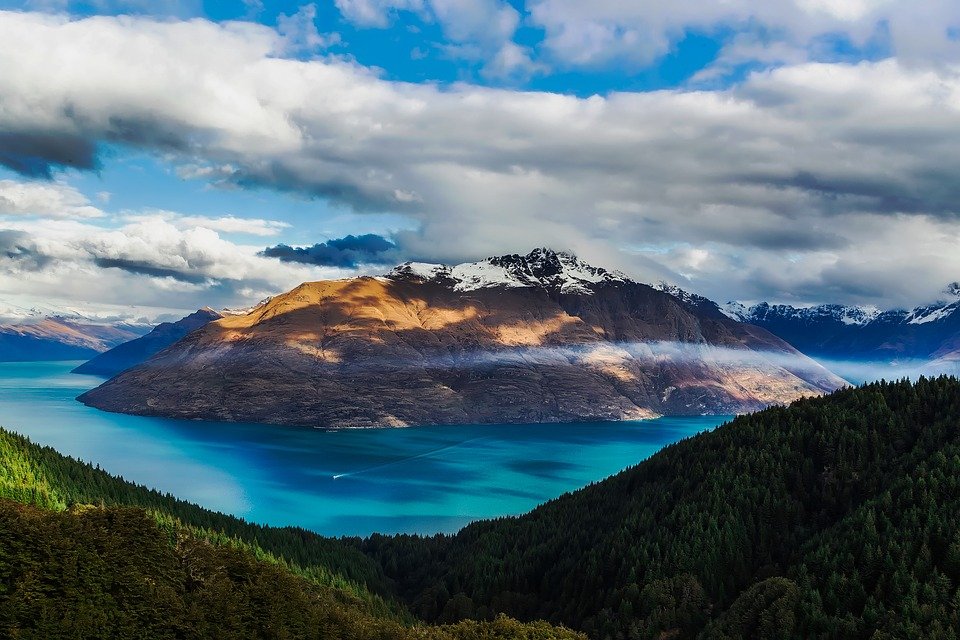
Ladakh is a top draw in the Indian tourist circuit. It is fascinatingly foreign for Indians and visitors alike. It is also a place of which very little is known within India. Except the pictures of lunar mountainscape that a few movies have depicted, most Indians do not have much of an idea on what to expect.
This region is closer to Tibetan – Mongolian culture than to any other. It has had a colorful history; witnessing ambitious rulers crisscross its territories in the race to hoist their flags on this land. Since the Indo Chinese war, this region is now a lot more integrated with Indian mainstream economy.
Leh is the capital of Ladakh, situated at a height of 11,000 feet above sea level. It’s a daunting altitude for people to live. Most of its touristy attractions are a bit higher than Leh, which makes the region a bit more daunting for the average tourist’s aspirations. That is all I knew, when I planned by 7 nights in Ladakh and started on Diamox two weeks before the trip was to start.
We chose to fly into Leh, than drive, which is a bit scarier from the point of getting acclimatized. As we embarked on our Leh flight from Delhi, I was nursing a sick stomach, our dinner the previous night at Airport Centaur being nothing to write home about. We cautiously stepped out of the airport into the car park at Leh – anticipating how a rarefied atmosphere would affect our lungs. Thankfully, we felt the same, and a lot of our apprehensions vanished. Yes, Leh is higher than a lot of places we travel to, but a day of rest and taking it slow, works wonders for almost everyone. Sipping in more water, and avoiding caffeine and alcohol is even better for your wellbeing.
We chose a moderate budget hotel – slightly off the main town center. We could afford to pick the spacious suite there. While the Hotel Grand Dragon is more comfortable and almost very close to the town center, we perhaps couldn’t have afforded the place then. There is a huge list of hotels to choose from, and finding accommodation has never been a challenge.
For the first timer at Leh, the to-do list contains Leh Town and its local hotspots like magnetic hill, the confluence of Indus & Zanskar, Shey & Thiksey monasteries, Khardungla and Pangong Tso. You will find 99% of tourists following this trail 99% of the time. Basis my experience and keeping in mind the average Indian typeset, I would recommend the following –
- Keep a day for Hemis National Park. Snow Leopards, if spotted, add to the beauty of this place which also abuts the more scenic of all lakes in Ladakh – the Moriri Tso (Tso = Lake). Depending on your start or end time, you can perhaps couple this outing with a visit to the Hemis monastery – the biggest in India – which is on the route. Folks, who drive down from Manali, may do this before even entering Leh.
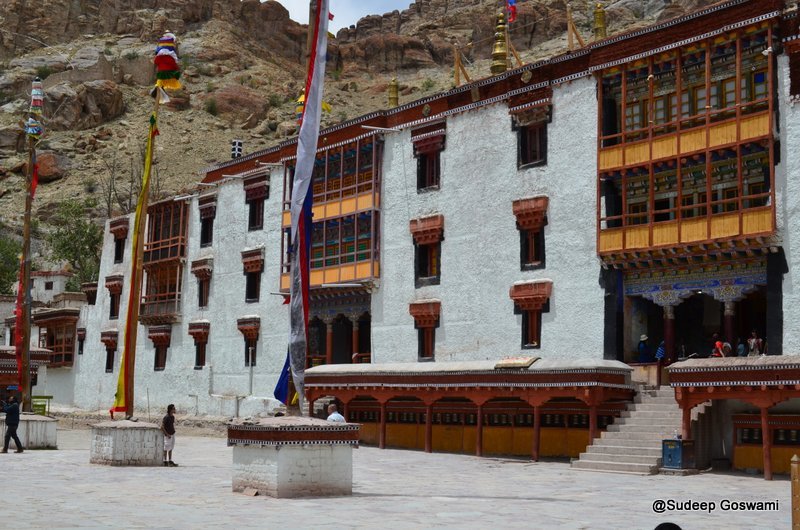
- Crossing the Khardungla (45km from Leh, with the last 18km both uphill and downhill being extremely broken) into the northern valleys shouldn’t be a day affair. There are two routes beyond Khardung that one can take – (1) the Shyok River route towards Hundar & Turtuk which is closer to the LOC with PoK. You will find the splendid Diskit monastery on the way as well as some awesome camping ground near Hundar, or (2) the Nubra river route through Sumur monastery & Panamik. You will find Siachen on this route, some 80km ahead. I recommend an overnight stay on either of the routes and heading back into Leh the next afternoon.
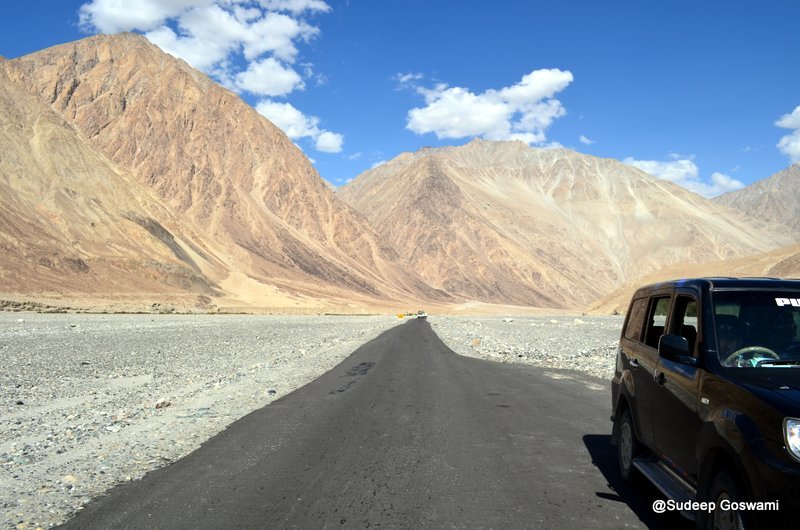

- Going to Pangong Tso through Changla pass and see if you can drive till Merak as Chushul will be out of bounds. This is a heavenly route to drive, with the Changthang desert after Changla a treat to the eye at every corner. The road till Pangong is all very nice, except the “Pagal Nala” which overflows with lot of drift and water beyond the afternoon. Try crossing in the morning hours if you can. The lake is pristine and untouched by humans beyond Spangmik (which can be your overnight camping station) and if you can drive till Merak, you will have amazing vistas of this lake. Chushul was an Indian airbase which saw a lot of action during the war and is currently out of access for civilians. One can combine visiting Shey and Thiksey monasteries on this round trip.


- If not traveling during the winter months of “Chadar Trek” for Zanskar, taking an overnight road trip for Leh is the second best way to experience Zanskar. While culturally Leh would seem different to average Indians, Zanskar is different from Leh. The road following the aquamarine river is a treat to be on, and each glance at the river calms your mind. The Indus in comparison is mightier, roaring and with a lot of muddy brown waters.

- A day trip (with an easy drive) can be achieved in visiting the splendid monasteries of Lamayuru and Alchi. While Lamayuru is more known for its setting, Alchi is more for depiction of earliest Buddhism in this valley. Alchi has splendid murals, Lamayuru has splendid views.

- Accommodate a rest day, if these back to back trips enervate you. That day is well spent in and around Leh with visits to Stok Palace, Leh Palace, Sindhu ghat, Namgyal Tsemo monastery, Shanti Stupa and yes, the Leh Bazar.

Leh will keep you hectic and busy for atleast a week (and that’s why most trips are 7N+). Hectic activity at 11,000 feet demands that you keep yourself healthy and well rested. So while you prepare for your trip, here are a few tips to keep you going everyday –
- Your chosen Hotel of stay will help you in creating your desired itinerary, get the documentation done, book a vehicle and a driver and even accommodation outside of Leh. You can do all this and negotiate before setting foot into Leh airport. This will save you a lot of energy later.
- Start on Diamox 7 – 10 days ahead of your trip. Get your body used to it. Drink a lot of water; consciously increase your water intake to double of what you normally consume.
- Refrain from alcohol & caffeine if your body doesn’t take to it well. Butter tea, consumed enough also gives you the same kick. Refrain oily food as it can upset your stomach.
- AMS (acute mountain sickness), HAPE (high altitude pulmonary edema), HACE (high altitude cerebral edema) are all in the mind and rarely will impact you. Be mentally free and you will enjoy. However, if you do happen to be a bit unlucky, call doctor at the hotel you are staying and 100% you will be in very good hands for getting well very soon.
- Choose a nice & comfortable car which is spacious, with high ground clearance and a good driver who is in-line with your driving style. Insist on a driver with your kind of expectations – polite, stop wherever you want to, and drive normally etc. as you will be stuck with him for your whole trip, due to Leh taxi association rules. Also, do not cram yourself into silly seats and less space. Drives to and from Khardungla are back breaking due to roads and motion sickening due to bends.
- Walks and strolls are a good way to keep your heart pumping well. Do that every day for your own health. If your evenings are in Leh, then the town is an excellent place to walk and cover rather than a bike or a car.
- Sun is harsh and bright in these parts though the temperature may be cool. Be generous with sunscreen and operate under sun shades to avoid sunburns.
- If sleeping at high altitudes like Pangong, you may find a bit of discomfort, as you are used to sleeping at Leh which is at a lower altitude (on the other hand, overnights at Hundar will be awesome as they are lower than Leh). Eating your dinner early, eating light and sleeping with your head high works out well in such periods.
- Temperature drops are significant at high altitude. Keep spare layers within reach. Cover toes, fingers, ears and throat well during colder parts of the day.
- For trekkers or off-road walkers, sneakers may be slippery with lesser grip. Hiking shoes with decent grooves for hold and ankle support work well in dry seasons. Go for all weather shoes when trekking on snow.
- July – August is the best season, being warmer and clearer. Snow and cold starts spreading viciously from Sept end onwards and you encounter deep snows till April. Choose your season depending on your mojo and go on.
Trust you may find these tips useful. It is a must do place; go for it.

